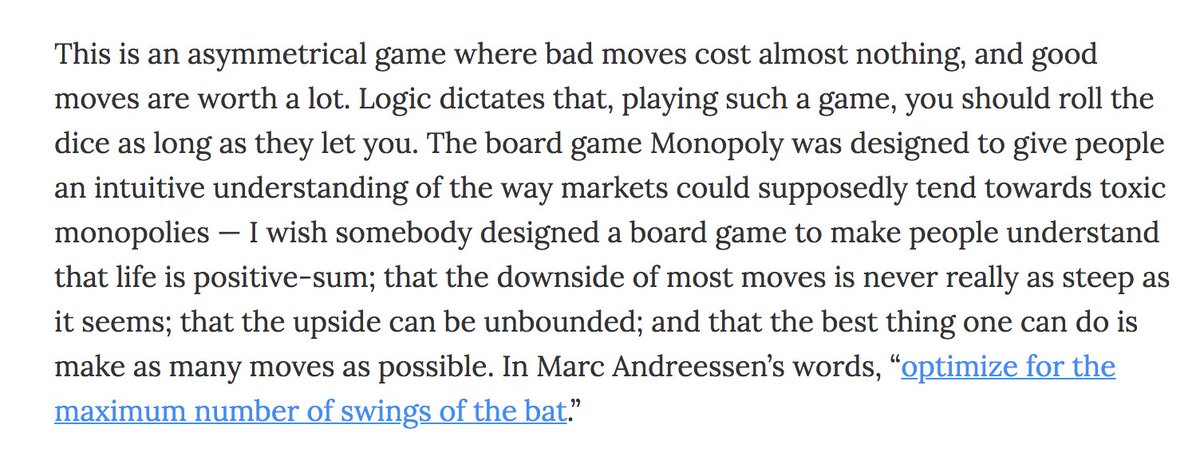⛔ Debunking the claim : So this article by P Sainath, brings to light what the reality is for the small farmer in USA]
https://t.co/qcZyfEQWUd…).
📌 From the article : “The size is set by the retail chain stores. They dictate almost everything.”
The Word “almost everything” includes prices. While the Walmarts, Shop Rites and other chain stores sell his kind of onions for $1.49 to $1.89 a pound, Pawelski himself gets no more than 17 cents. And that’s an improvement.
#FarmersProtest
Between 1983 and 2010, the average price he got stayed around 12 cents a pound ".
⚠️ So what we see, is that neither there has been significant penetration of price benefits to the farmer, nor has it improved the availability to the consumer.
#FarmerBill2020
🔴 Claim 2 : Corporatization would lead to better capital investment and infrastructure, Bihar model is a success.
⛔ Debunking the claim : The reforms did not result in any significant private investment in new market infrastructure and a missing floor price due to the...
government’s withdrawal from the sector continued to put farmers at a disadvantage, the study by the National Council of Applied Economic Research (NCAER) said in...
their ongoing research project “Agricultural Diagnostic for Bihar State of India”.
[Thus, the reforms did not bring about any significant improvement in private investment, impoverished farmers and led to price volatility]
https://t.co/k1ZGai2qgq…) .
The reforms don’t appear to have improved Bihar’s agricultural growth. Farm growth in the state averaged 2.04%, lower than the all-India average of 3.12% in the period between 2001-02 to 2016-17. *The post-reforms period, when compared to the pre-reforms period,..
does show an increase in the average wholesale prices of major crops such as paddy, wheat, and maize. The average price of paddy increased by 126%, wheat by 66%, and maize by 81%, the authors said...
#FarmersProtest
📌 [ However, analysis showed that a simultaneous increase in volatility of prices affected the “stability of farmers’ income”, ultimately affecting farmers’ ability to invest and diversify. ]
🔴 Claim 3 : Corporatization leads to better farm and farmer wages.
⛔ Debunking the claim : We will take up the cases of sugar and tea industry. We know both the industries have sufficient corporate participation.
⚠️ [Unpaid dues to sugarcane farmers are at 15000 crores, with 10000 crores being defaulted by Uttar pradesh mills , ahem, well known for its PRO BUSINESS reforms.]
https://t.co/wby630W62t…
The centre is to release something of the order of 6000 crore and even that wont be enough to pay the dues. Now dont tell me, sugar demand crashed so hard, that they couldnt pay the farmers, coz these dues built up over time.
Unfortunately, if the farmer doesnt grow good quality cane, its the farmers fault. If the farmer wants a fair price for it too, is the farmers fault.
⚠️ Now lets take up the case of tea workers. [Circa 2014, Tea workers demand minimum wages.]
https://t.co/7qK65U9Z0m…
⚠️ Circa 2020, Tea workers still demand minimum wages]
(
https://t.co/ML4AQOp6Tn…).
But then, they will tell you wage suppression isnt true. Is it just limited to India, Hell no.
A bitter brew; for sri lankas tea estate workers, fair wage elusive
https://t.co/3CKEYqoeYo… This, ignoring the fact that slavery and bonded labour is still a thing in tea estates.
🔴 Claim 4 : Corporatization would lead to lesser inequality.
⛔ Debunking the claim : So we glance through this paper, Income generation and inequality in agricultural india]
https://t.co/LOnI2l6Igh…
📌 In some states (like West Bengal and Jharkhand, where the net income from cultivation is the lowest in the country) the contribution of cultivation income to inequality ...
is very small (around 10%), whereas in other states (like Assam, Karnataka, Uttar Pradesh and Maharashtra) it is very large (over 70%).* This clearly points at the fact where there is fairer land distribution (as in bengal, bargadar and in Jharkhand, tribal collectives)..
the inequality tends to taper a lot.
⚠️ Second, the contribution of cultivation income to inequality increased over the study period. The share of inequality accounted for by net income from cultivation increased from 39% in 2003 to 50% in 2013.
🔴Claim 5 : Private insurance coverage and free market is targeted towards farmers relief.
⛔ Debunking the claim : Few years back we got PMFBY, that has enabled market player based insurance to farmers...
with the government bearing significant financial burden and supposed flat premium rates.
[Ground reality is however much different from what govt claims]
https://t.co/zp85vF3Hir…
As we see here, the insurance company had paid them Rs 1,700 per acre – 62.5% less. So, Insurance companies duped them for premium, got the government support as well as showed a grand fuck you to the farmers when it came to claims
From 2011-12 to 2015-16, claims paid were in of premiums collected. After Pradhan Mantri Fasal Bima Yojana’s launch, in 2016-17, the situation was reversed and the amount of claims settled was 69.71% of the amount of premium collected
(which is termed "Claims Ratio")


